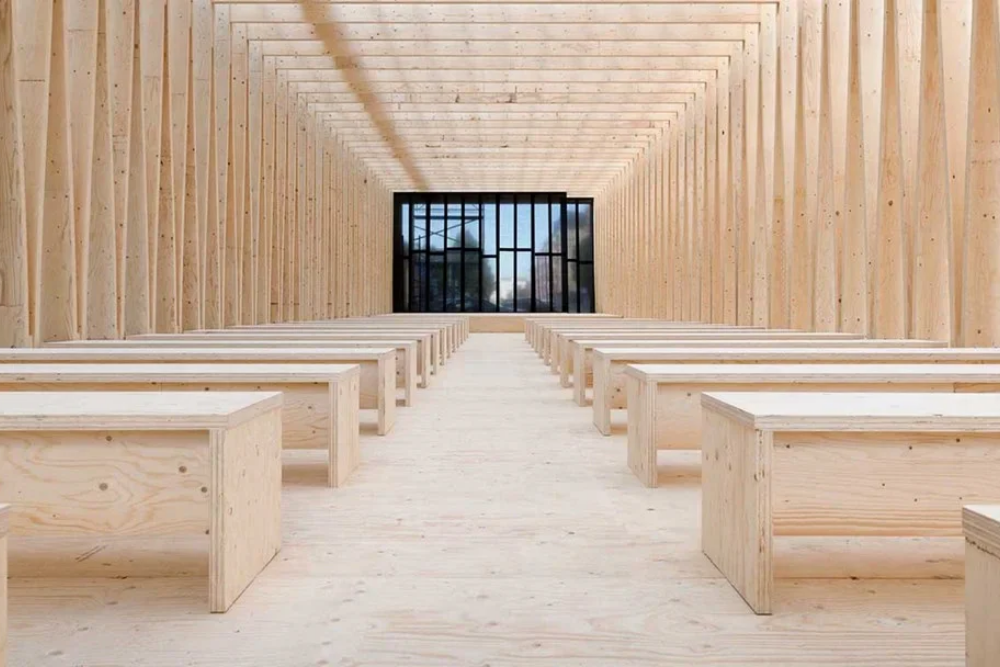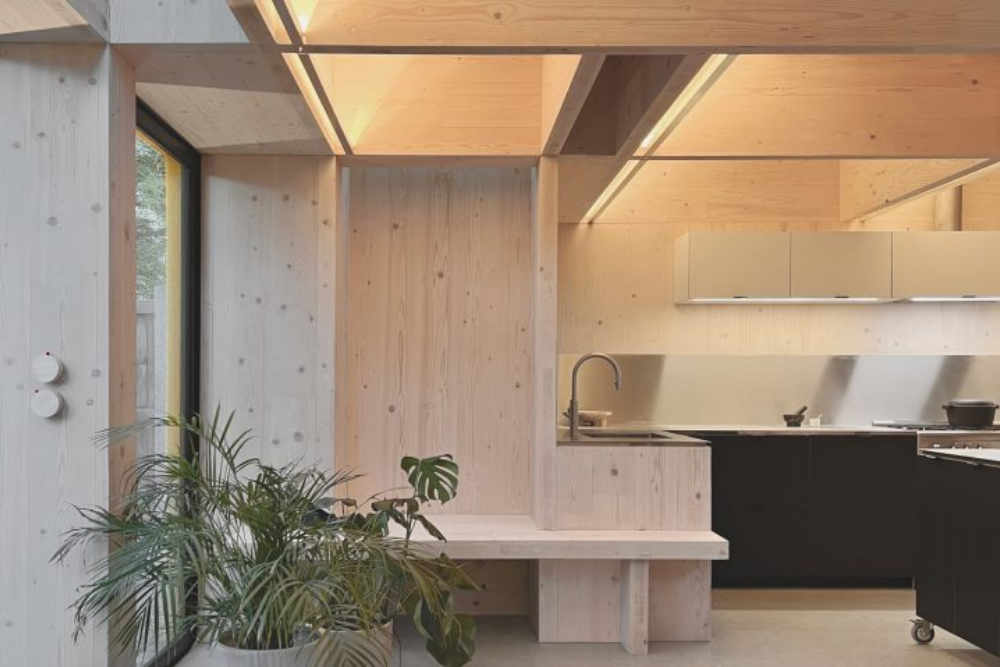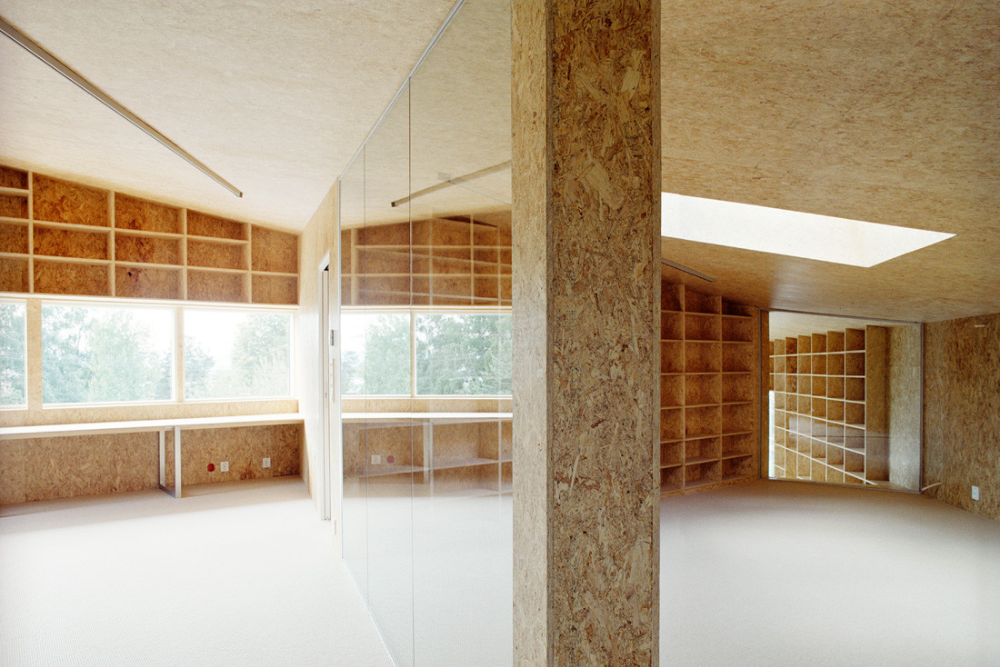
With a focus on sustainable practices, timber is paving the way for a greener and more environmentally friendly construction industry. As demand for eco-friendly construction solutions grows, timber developments offer a more attractive alternative to traditional building materials. Once overshadowed by traditional construction materials such as steel and concrete, timber is now experiencing a renaissance.
Engineered wood refers to laminated panels and is a broad category. Engineered wood describes building materials created by bonding layers of wood particles together using adhesives and advanced manufacturing processes. The wood material undergoes these processes to optimize its strength, stability and dimensional consistency. At the same time, this process enables the creation of large structural elements from trees with relatively small cross-sections. Some of the most common types of laminated panels, also commonly referred to as 'mass timber', include Glued Laminated Timber (Glulam), Cross Laminated Timber (CLT) and Laminated Veneer Lumber (LVL).

The structural qualities of these materials depend on the production process. Glulam is created by gluing individual pieces of wood with industrial adhesives. Since the fibers of the wood are oriented in the same direction, this type of wood is used for large-sized structural elements. CLT, on the other hand, consists of wood planks, each layer oriented and glued perpendicular to the previous one. One of the most important developments in the field of wood construction is the introduction of Cross Laminated Timber (CLT). This technique gives wood the stability and strength to compete with traditional building materials such as concrete and steel. LVL has similar uses to Glulam. However, its performance is higher and it is created by combining thin layers of veneer working in the same direction, allowing for smaller cross-sections compared to softwood glulam.
Thermal modification involves reducing the moisture content to almost 0% by exposing the wood to high temperatures during the processing process. This process removes binding water from the wood cells, reducing deformations and stabilizing the wood. Steam is then applied to bring the moisture content down to 4-7%, making the wood viable. Thermally Modified Timber (TMT) is more stable and moisture resistant than untreated wood, reducing the risk of cracking and warping while maintaining its natural appearance.

Pressure treatments, wood preservatives or fire retardants are applied to increase the potential of the wood's internal structure. This treatment can extend the life of the wood by providing protection against insects and fungal decay. Fire retardant treatments also increase the versatility of wood by minimizing smoke and flames generated during a fire. Applications range from interior framing to wood exposed to the elements, including power poles, railroad ties, deck boards and fence pickets.
Wood particle boards are a versatile and widely preferred construction material used in a variety of areas such as wall cladding, furniture, ceilings and even flooring. To make them, wood fibers, wood particles and wood chips are bonded together with adhesives or resin. This results in solid panels with various properties depending on the types of aggregate and adhesive.

Oriented Strand Board (OSB) is known for its durability and cost-effectiveness. The most common use of OSB panels is in the sheathing phase of buildings. Many designers have also discovered the potential of these panels in interior design. Medium Density Fibreboard (MDF) with its smooth surfaces has become the material of choice for carpentry, while Medium Density Particleboard (MDP) uses wood residues such as sawdust mixed with resin and offers a lower cost solution. Plywood sheets are processed similarly to CLT, but on a different scale, created by overlapping perpendicularly glued and heat-pressed wood sheets.
Wood developments in the construction industry have unlocked the true potential of this building material and brought it to the forefront of modern construction. By embracing wood's advances, architects and engineers can experience new design opportunities where strength, aesthetics and sustainability harmoniously combine. The potential of wood in building design is enormous and is evolving rapidly, paving the way for a greener and more innovative future.